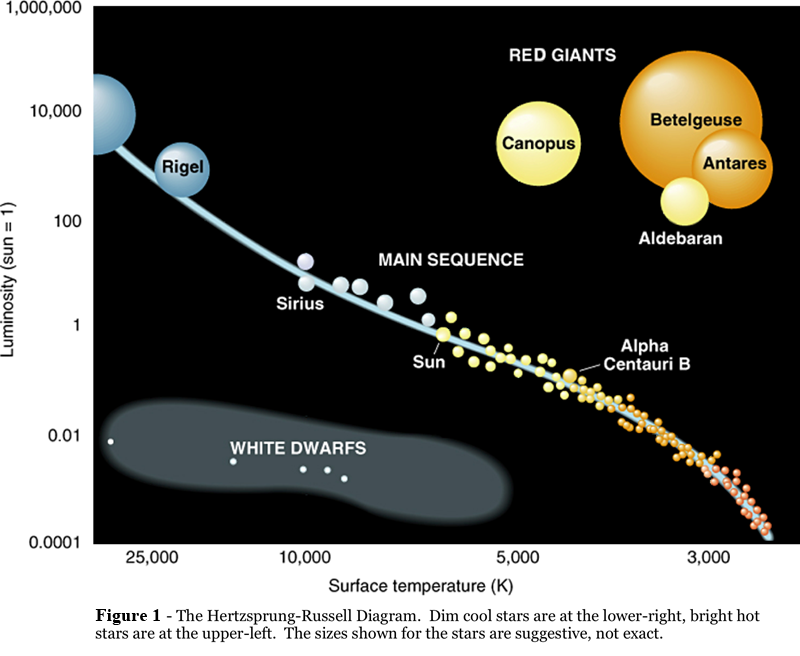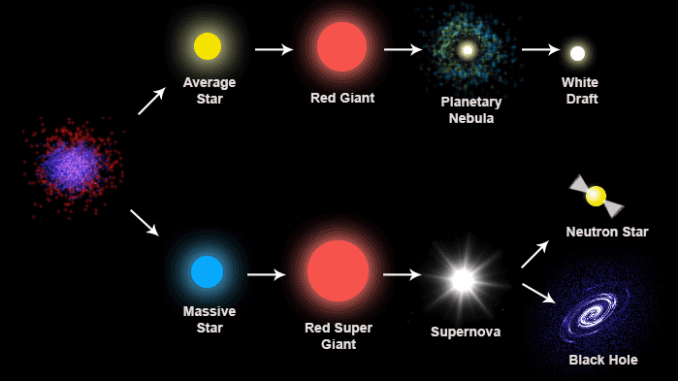
In the very early universe, population III main sequence stars without metals could have been much more massive and larger. The most luminous known main sequence stars have masses about 50 times that of the Sun and luminosities about 106 times that of the Sun, while the least. Such stars have masses of maybe $100 M_$. By far the most prominent feature is the main sequence, which runs from the upper left (hot, luminous stars) to the bottom. Although they emit the same amount of energy per square metre as main. This Hertzsprung-Russell diagram shows a group of stars in various stages of their evolution. How can this be The reason is that these stars are much larger than main sequence stars. Such objects are also present in our Galaxy, for instance in the supercluster NGC 3603 ( Crowther & Dessart 1998). In the main sequence, the brightest and biggest stars tend to display a blue blaze, emitted by stars with temperatures up to 50 000 K and masses up to 100. The giant branch and supergiant stars lie above the main sequence, and white dwarfs are found below it. Stars just like our own Sun that burn hydrogen.

If you look at this list (though I recommend having a look at the primary literature), you will see that O3V stars are listed. The diagram below shows most of the major types of stars (the majority of stars are main sequence stars). Many main sequence stars can be seen with the unaided eye, such as Sirius the brightest star in the night sky in the northern constellation Canis Major.

O-type main sequence stars are known and these have both larger masses and larger radii on the main sequence (when they are burning hydrogen in their cores).Ī selection of the most massive objects can be found in the R136 star forming region in the Large Magellanic Clouds. Well it won't be VV Cep B since this is merely a B-type main sequence star. The bigger and more massive a star is, the more quickly it uses up its fuel. I assume by largest, you mean largest radius.


 0 kommentar(er)
0 kommentar(er)
